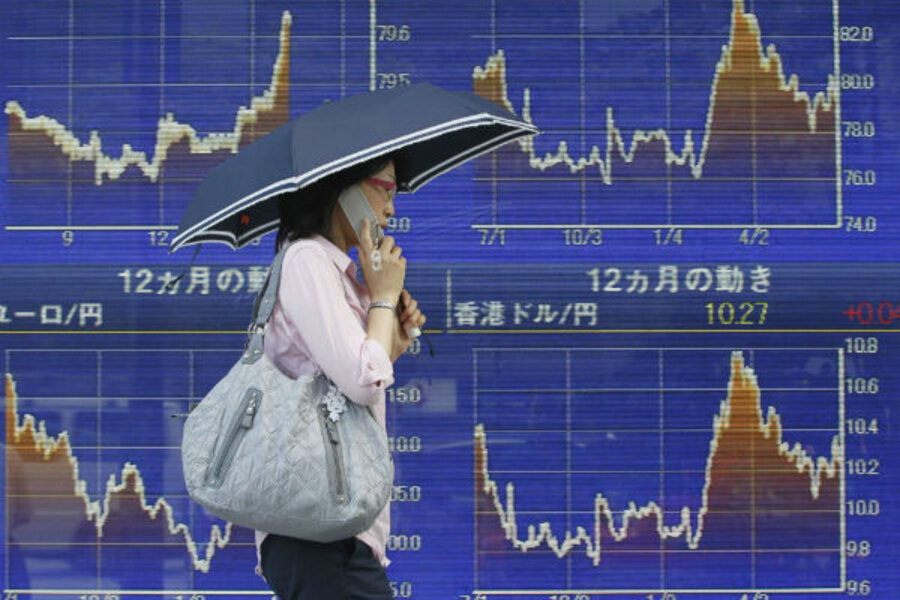United Nations report shines light on 'Real Wealth of Nations'
Loading...
This week’s Economist magazine calls our attention to a United Nations report (the “Inclusive Wealth Report”) that compares the wealth of nations, looking beyond GDP:
“WEALTH is not without its advantages,” John Kenneth Galbraith once wrote, “and the case to the contrary, although it has often been made, has never proved widely persuasive.” Despite the obvious advantages of wealth, nations do a poor job of keeping count of their own. They may boast about their abundant natural resources, their skilled workforce and their world-class infrastructure. But there is no widely recognised, monetary measure that sums up this stock of natural, human and physical assets.
Economists usually settle instead for GDP. But that is a measure of income, not wealth. It values a flow of goods and services, not a stock of assets. Gauging an economy by its GDP is like judging a company by its quarterly profits, without ever peeking at its balance-sheet. Happily, the United Nations this month published balance-sheets for 20 nations in a report overseen by Sir Partha Dasgupta of Cambridge University. They included three kinds of asset: “manufactured”, or physical, capital (machinery, buildings, infrastructure and so on); human capital (the population’s education and skills); and natural capital (including land, forests, fossil fuels and minerals).
The highlights of the report are summarized in the graphic above, from the Economist story. Note that even on this “beyond GDP” measure of wealth, the U.S. is still an economic leader–and China seems less of a challenger:
By this gauge, America’s wealth amounted to almost $118 trillion in 2008, over ten times its GDP that year. (These amounts are calculated at the prices prevailing in 2000.) Its wealth per person was, however, lower than Japan’s, which tops the league on this measure. Judged by GDP, Japan’s economy is now smaller than China’s. But according to the UN, Japan was almost 2.8 times wealthier than China in 2008 (see charts).
And given that human capital is by far our greatest asset…
Officials often say that their country’s biggest asset is their people. For all of the countries in the report except Nigeria, Russia and Saudi Arabia, this turns out to be true. The UN calculates a population’s human capital based on its average years of schooling, the wage its workers can command and the number of years they can expect to work before they retire (or die).
…the question that policymakers concerned about economic growth need to focus on, is, not just do we have a lot of human capital now, but are we continuing to make the most of our greatest asset, to assure continued strong growth in the future? For all the measured human capital we have ready and willing to work, the fact that the U.S. unemployment rate is still high means that a lot of our human capital is currently “idle” and not translating into GDP. Additionally, if our society fails to adequately support higher education, we could easily begin to fall behind in the human capital department over time.
In terms of fiscal policy and what qualifies as “pro-growth” policy here in the U.S. (typically tax breaks for wealthy investors in physical capital), I think we need to better scrutinize our tax (cut) and spending programs to better direct our resources toward the investments most likely to pay off over time. Economists’ preoccupation with current and aggregate GDP as a measure of economic well being may ironically be keeping us from being as truly “wealthy” as we could be.






